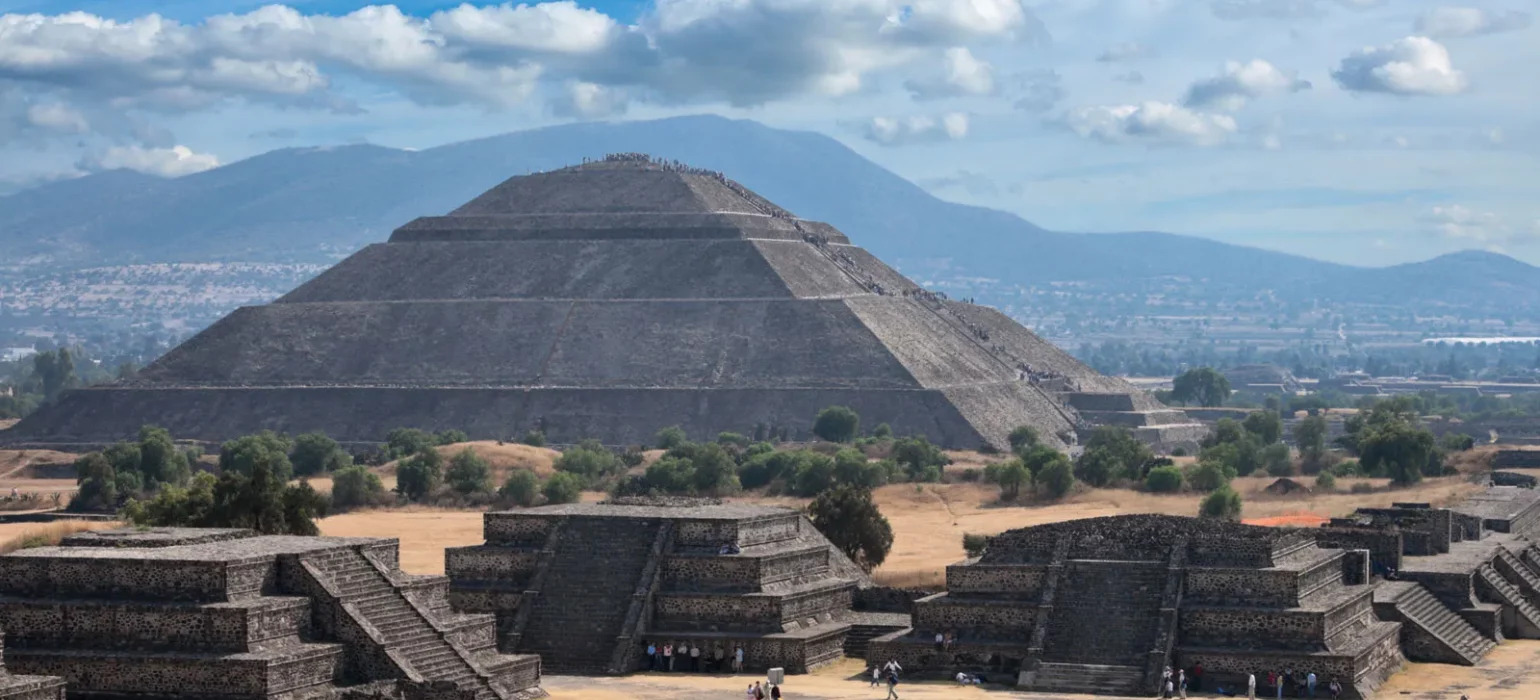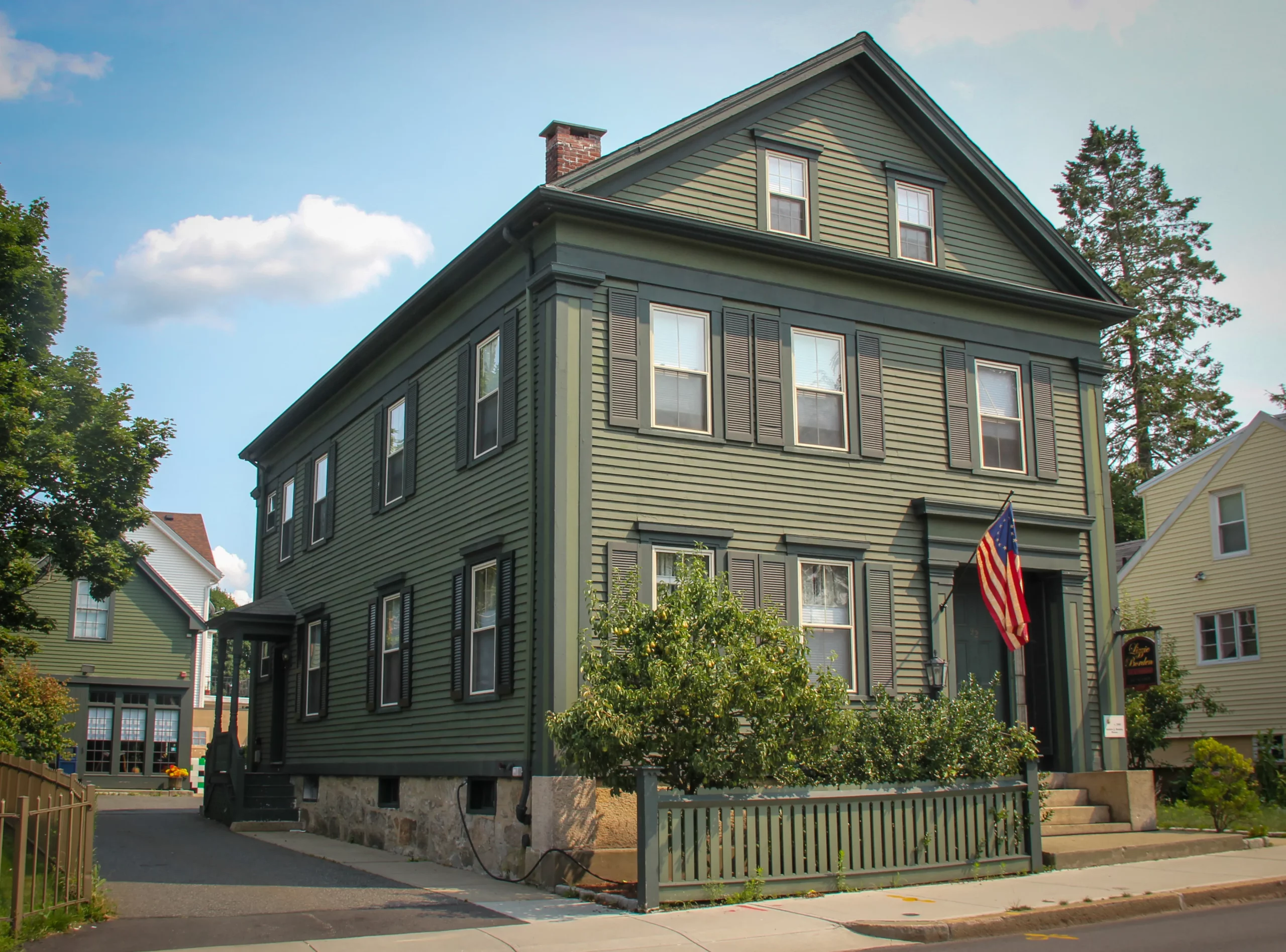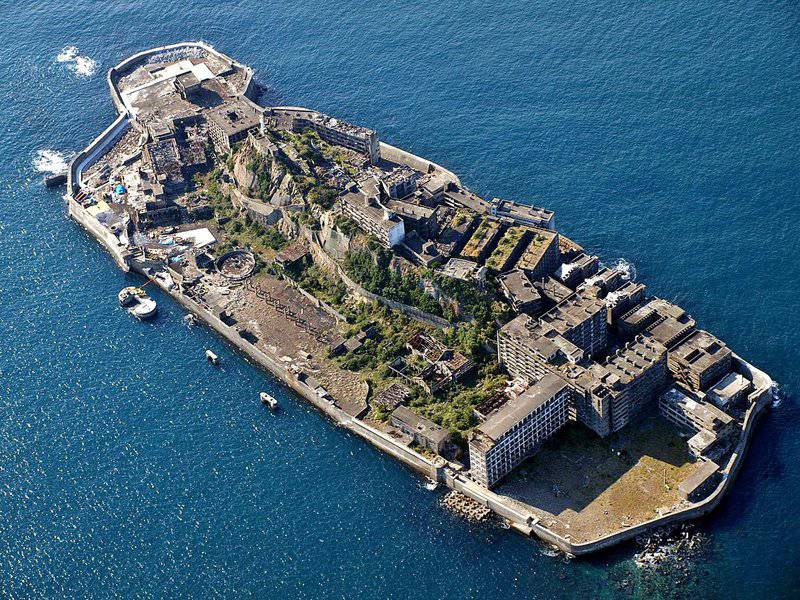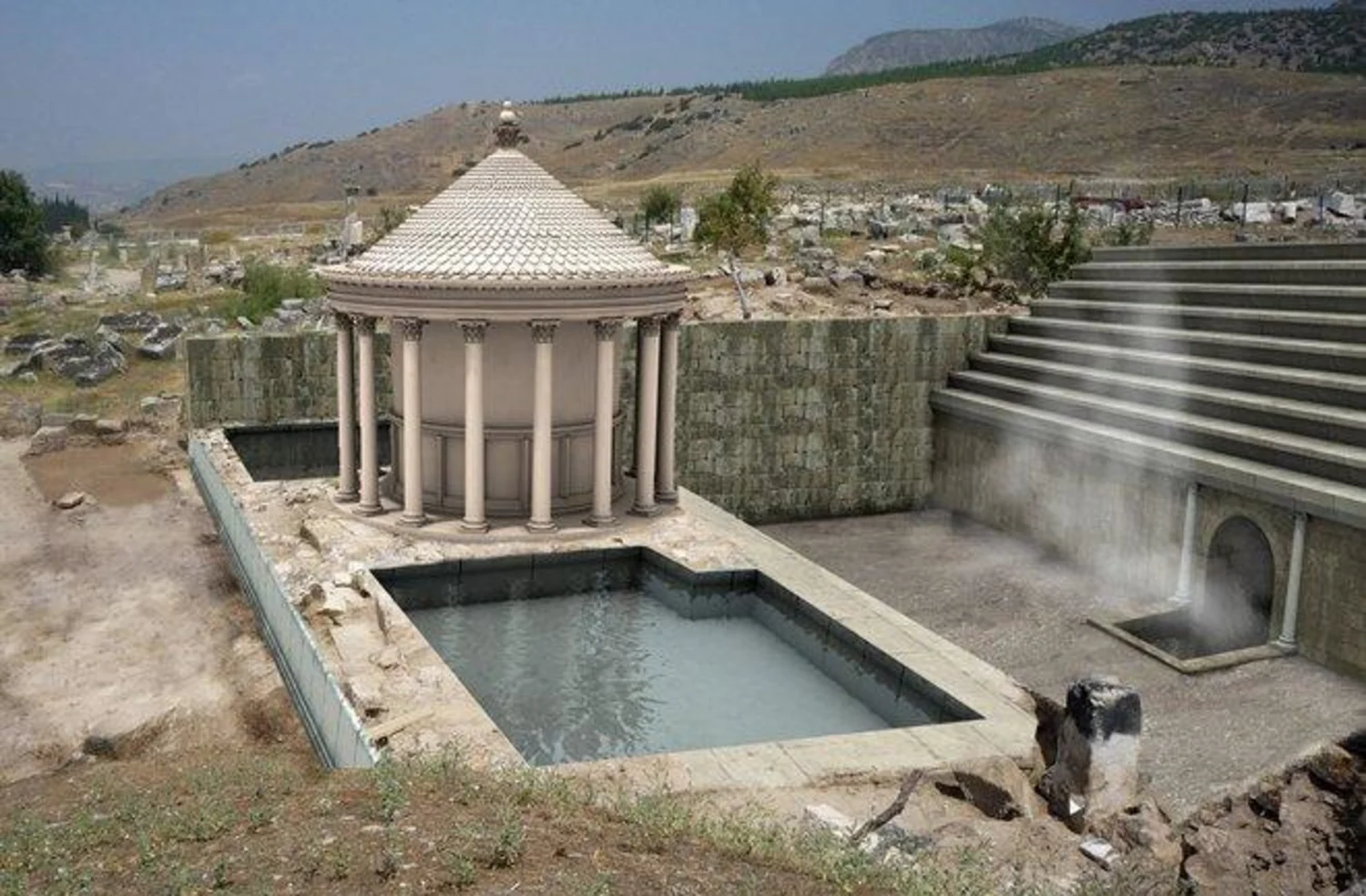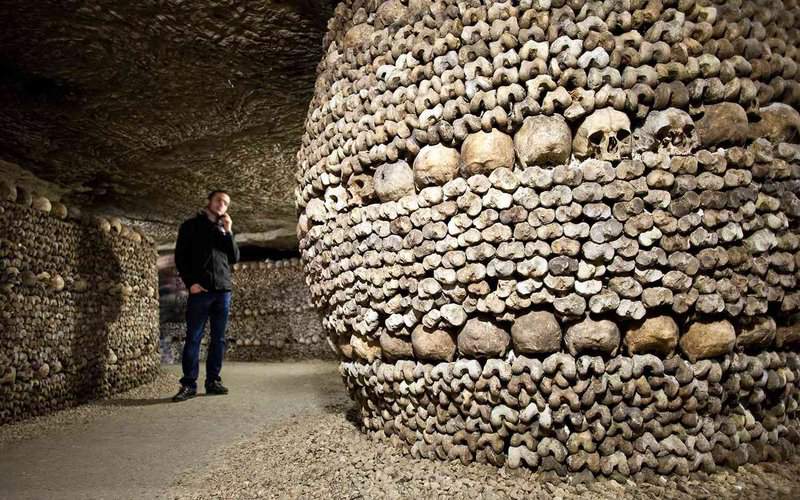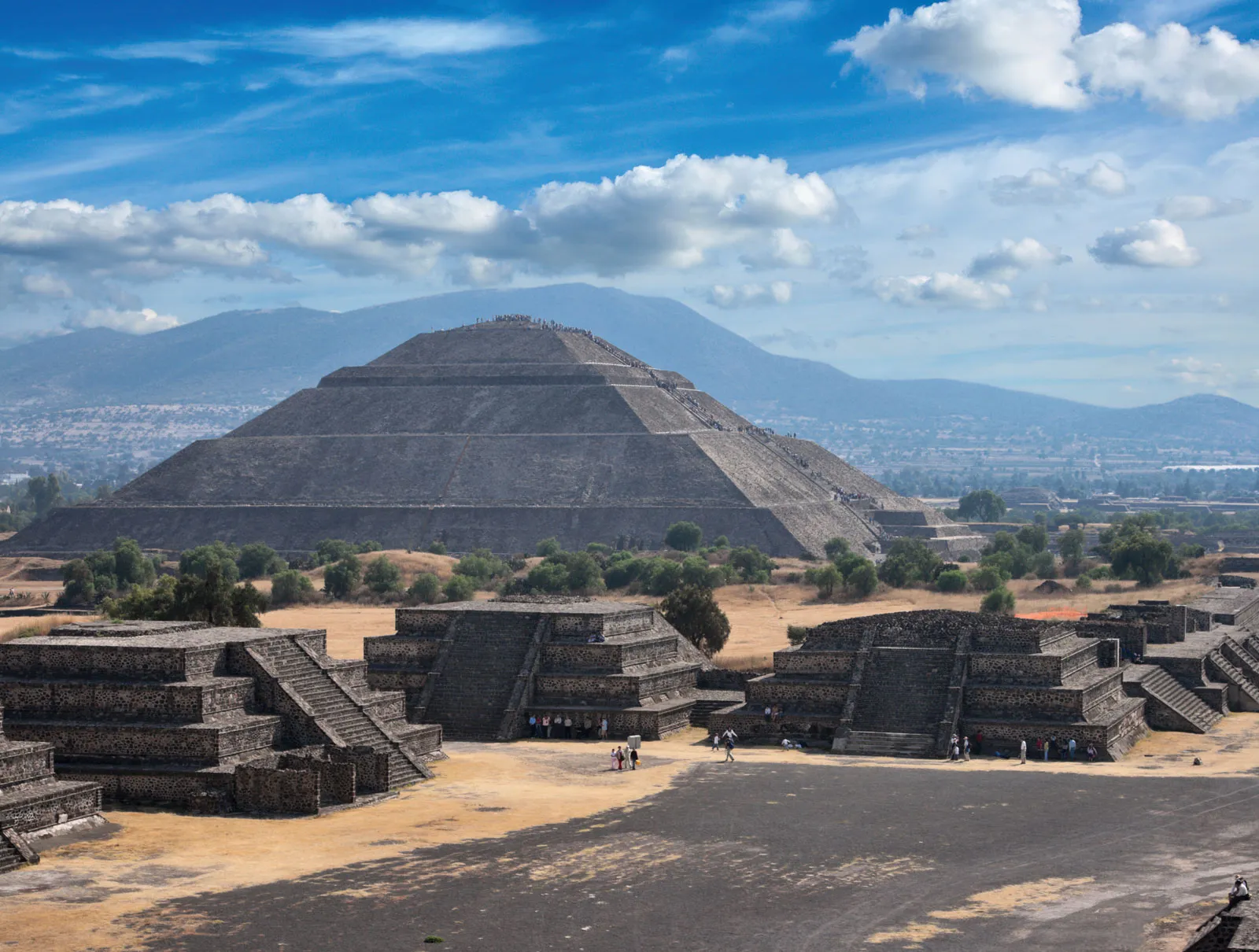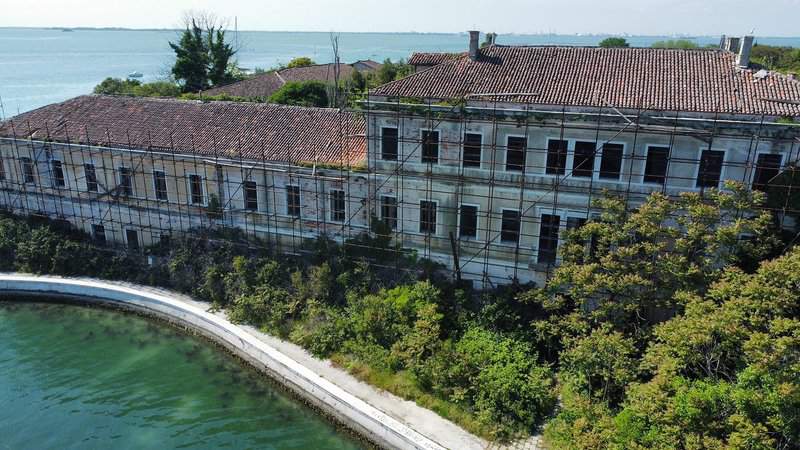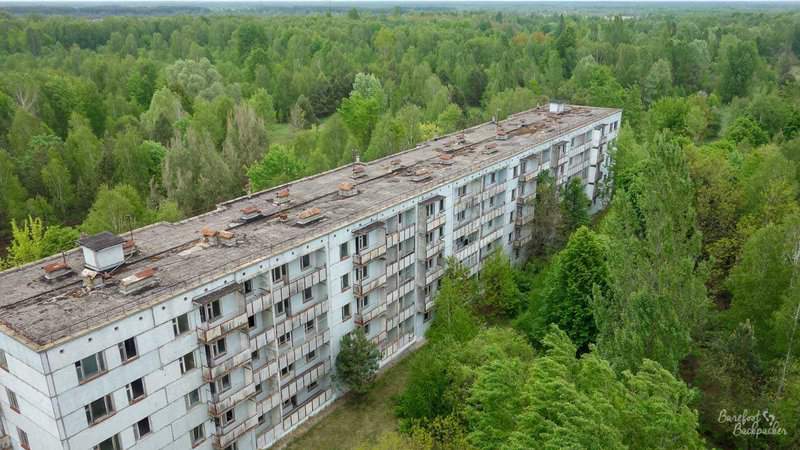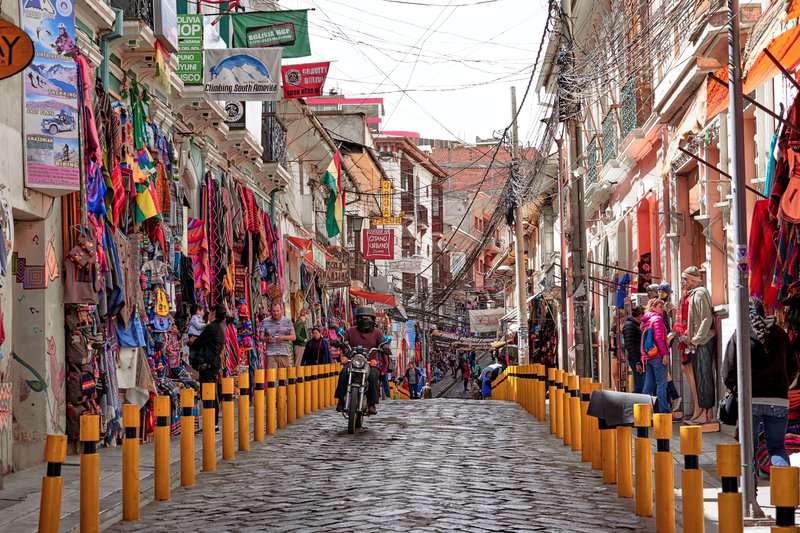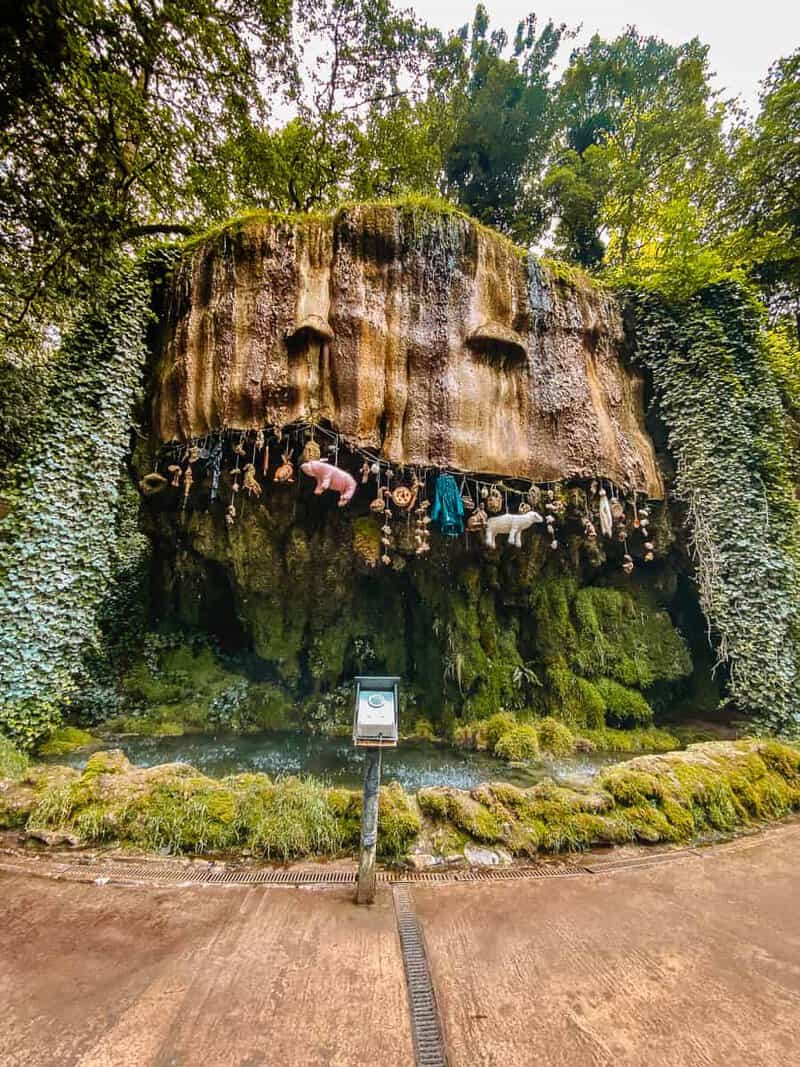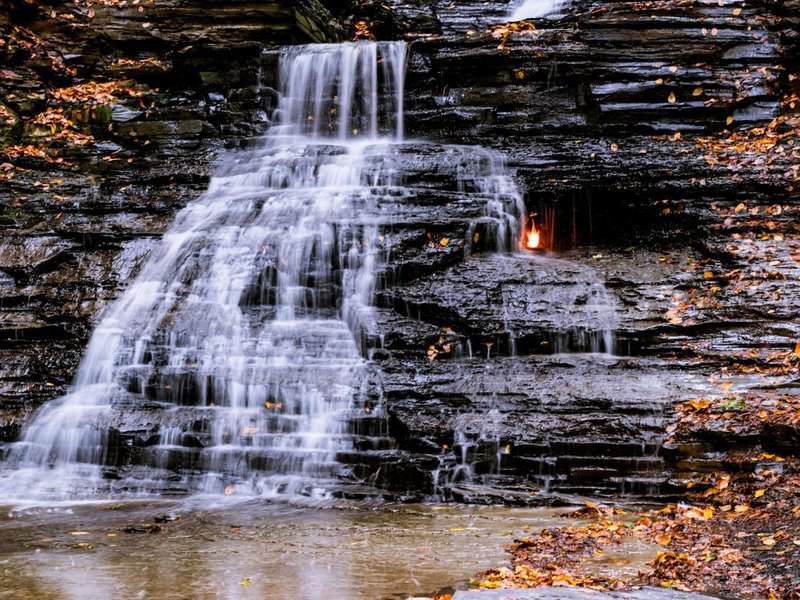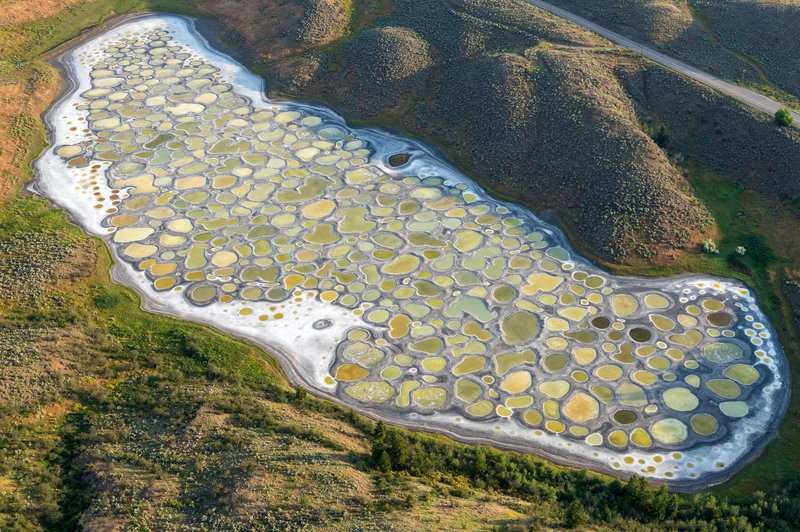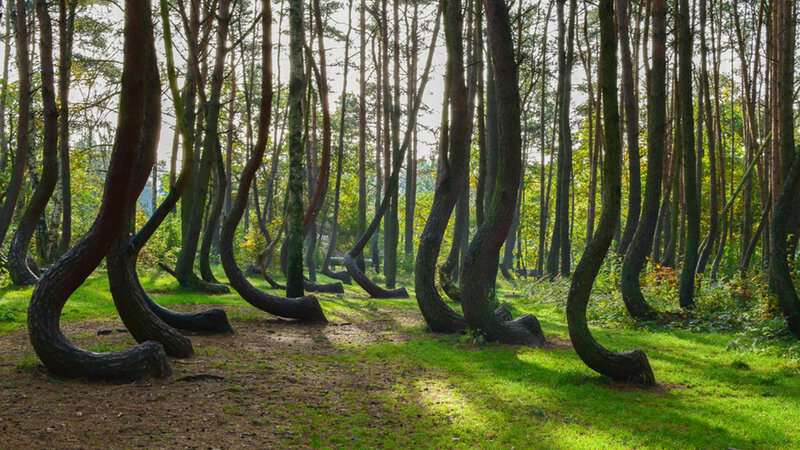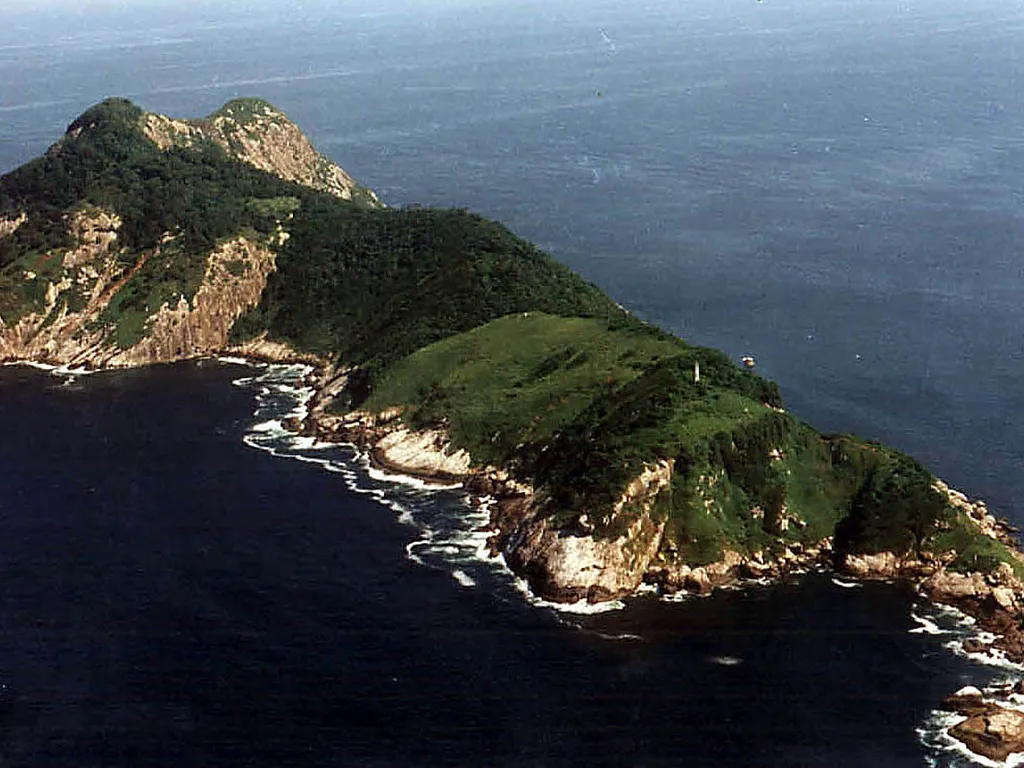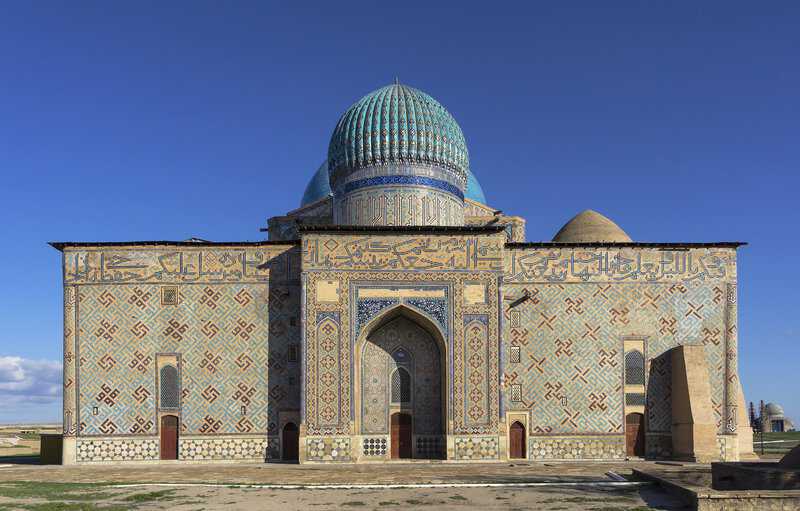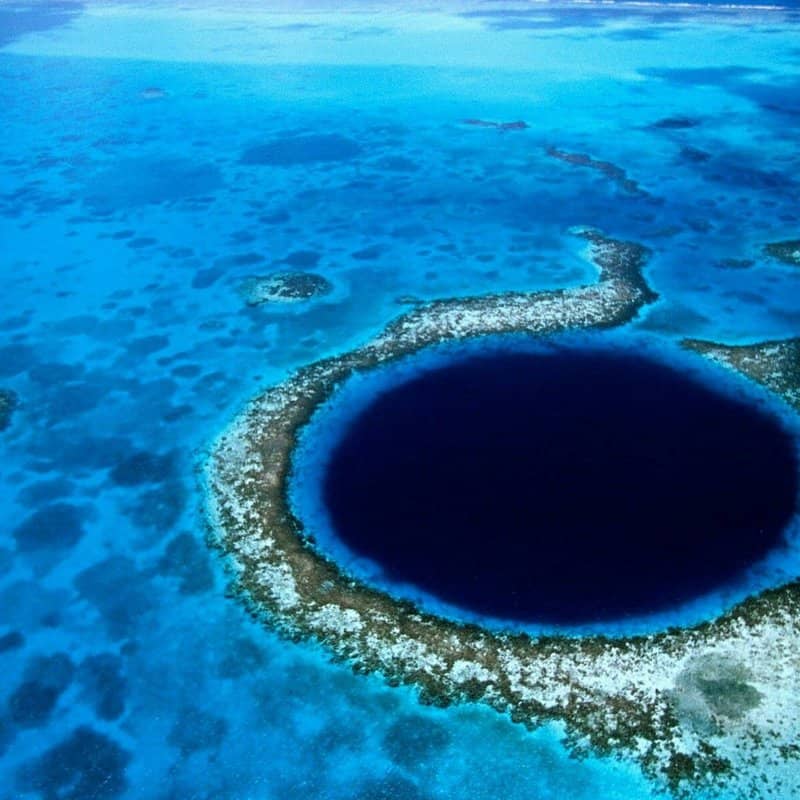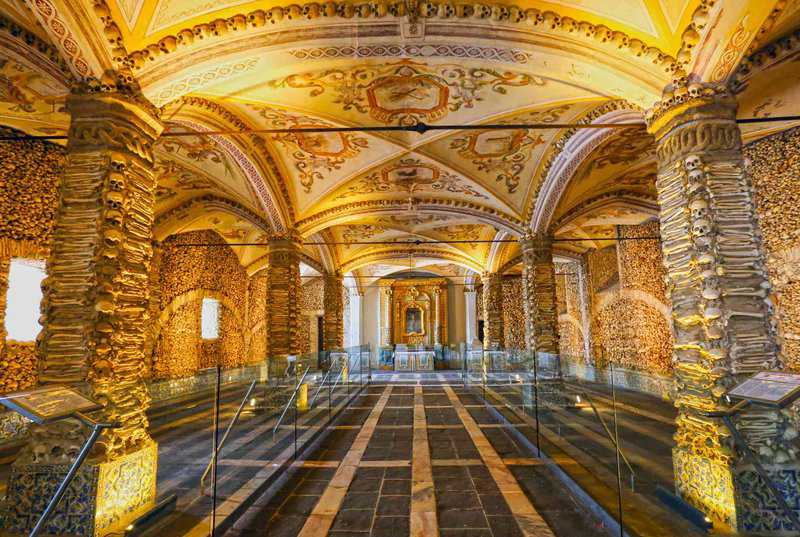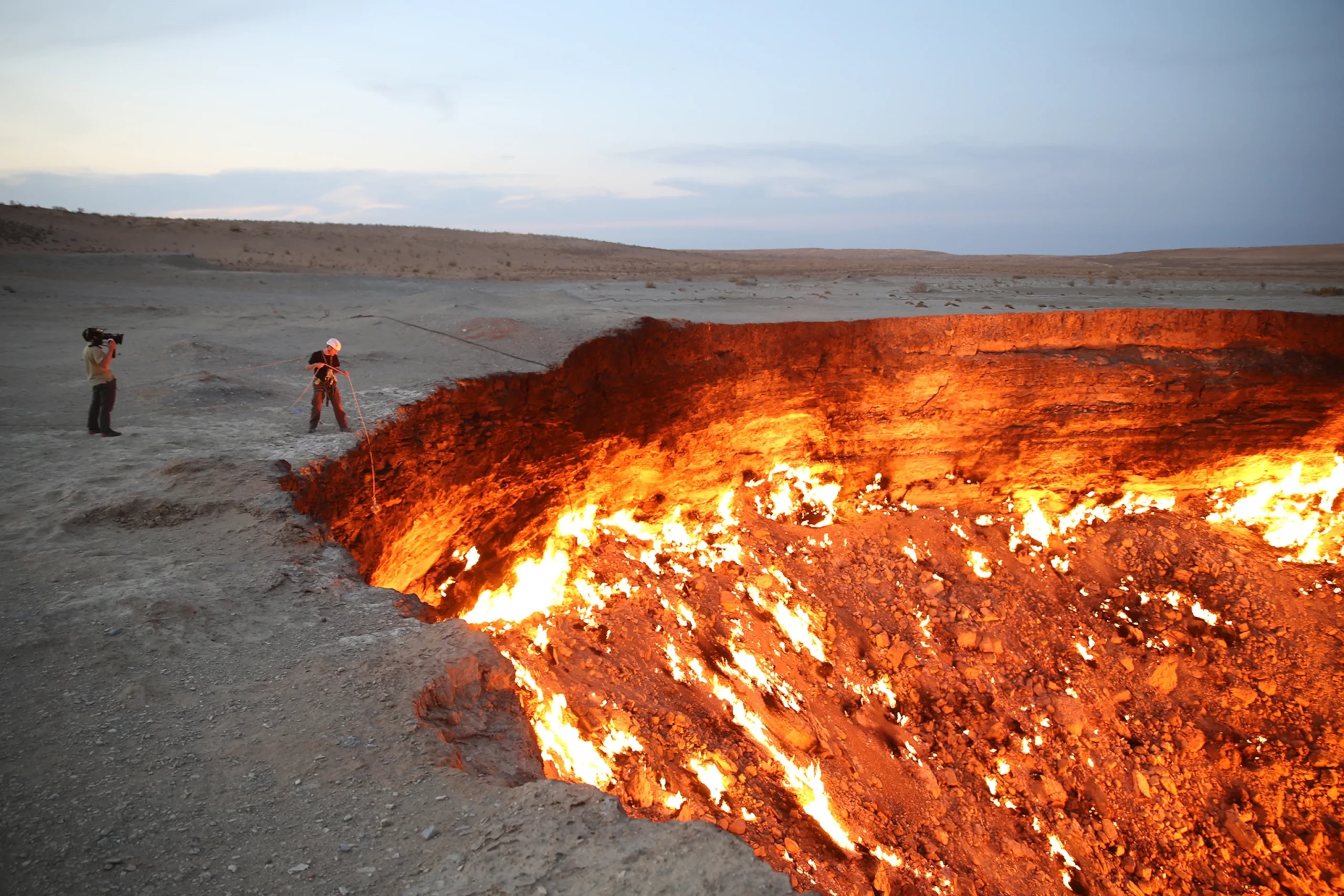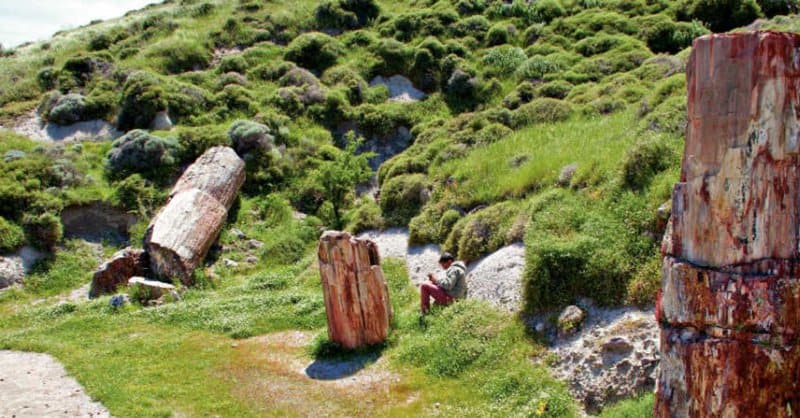The world holds so much beauty, architectural wonders, and cultural milestones that define our shared history. However, there exists a subset of historic places that are, quite frankly, weird. From bone-adorned churches to islands of eerie dolls, these destinations defy conventional expectations, challenging visitors to delve into the eccentric and the macabre. This article invites you to explore the weirdest historic places that serve as windows into the stranger corners of our collective heritage.
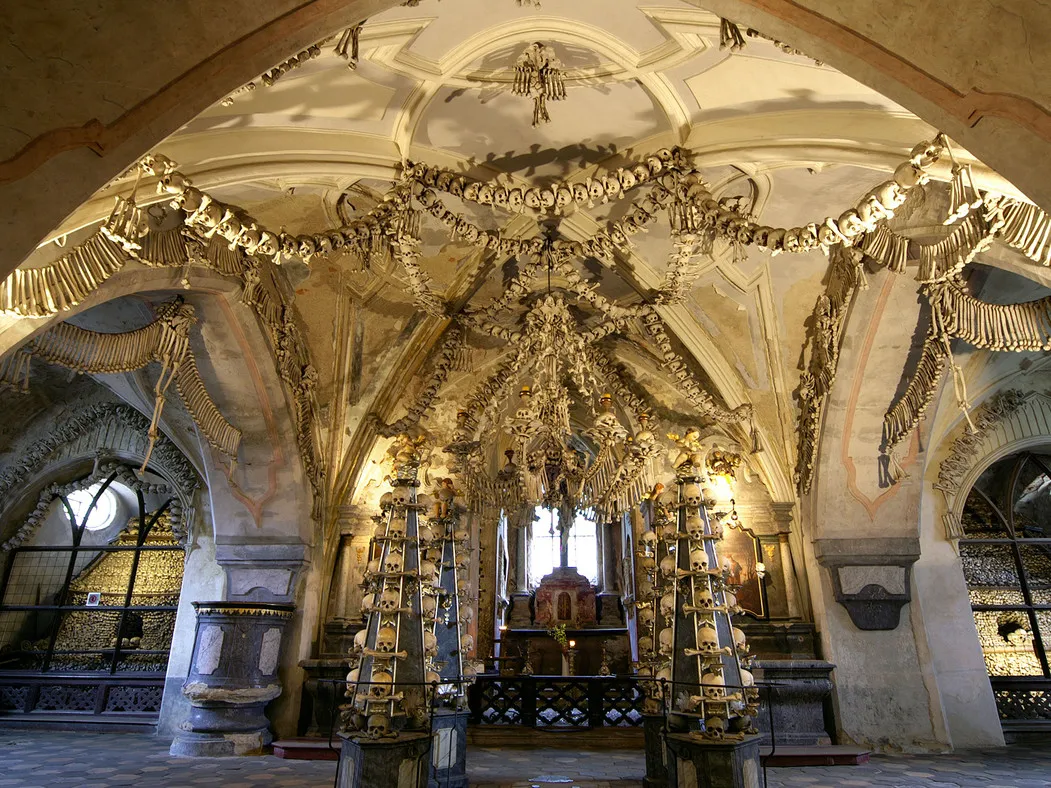
Sedlec Ossuary (Kutná Hora, Czech Republic)
Sedlec Ossuary, commonly known as the Bone Church, is a striking and macabre chapel located beneath the Cemetery Church of All Saints in Kutná Hora, Czech Republic. The ossuary gained notoriety for its unique interior adorned with the skeletal remains of over 40,000 people, creating a haunting yet artistic atmosphere. Arranged in ornate patterns, the bones form elaborate decorations, including chandeliers, a Schwarzenberg coat of arms, and even a bone pyramidal structure.
The history of Sedlec Ossuary dates back to the 13th century when soil from the Holy Land was sprinkled over the cemetery, turning it into a sought-after burial site. As the cemetery grew in popularity, space became limited, leading to the exhumation of bodies and the arrangement of their bones within the ossuary. The site’s unique design was the work of a woodcarver named František Rint, who created the intricate and somber bone decorations in the late 19th century. Today, Sedlec Ossuary stands as a UNESCO World Heritage Site and a distinctive example of memento mori, reminding visitors of the inevitability of death while showcasing the artistic potential of mortality.

